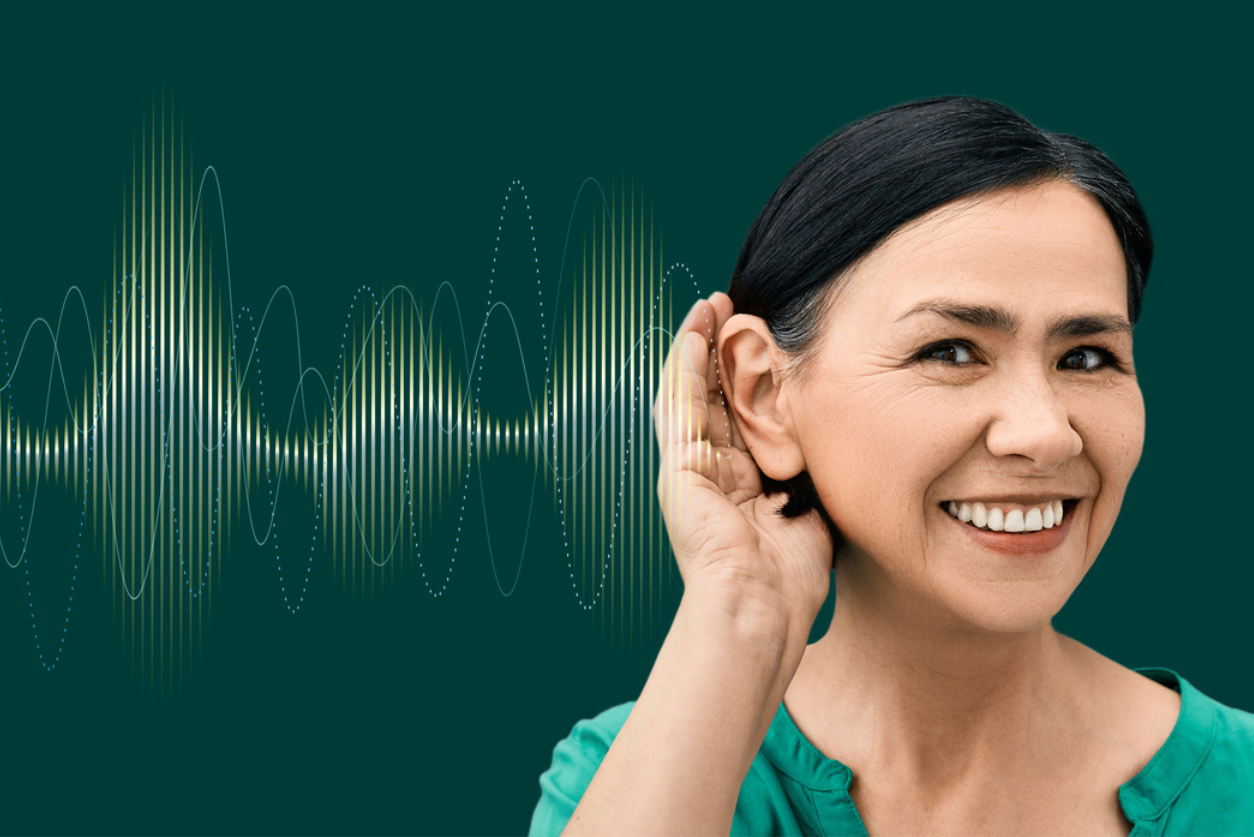Your hearing connects you to the world. You rely on it to communicate with loved ones, stay on track in work meetings and enjoy your favorite music. One way you can proactively protect this precious sense is to schedule regular hearing tests.
Do I Need a Hearing Test if I Don’t Have Trouble Hearing?
Hearing tests aren’t just for people who struggle to hear clearly. Scheduling regular tests will allow your provider to establish a baseline hearing. Once they have a baseline, they can track change accurately, no matter how small.
In addition to establishing a baseline, hearing tests are great for identifying a frequency loss that may not be noticeable to the patient yet. It can be challenging to know when you’re not hearing something, which is why our loved ones are often the first to notice an issue. Scheduling regular tests will allow you to address hearing loss early on, before it starts to negatively impact your life.
What Does a Hearing Test Entail?
Before starting hearing loss testing, your provider will likely conduct an ear exam to look for physical blockages like earwax or fluid from an ear infection that could hamper clear hearing. After the physical exam, they’ll move on to testing.
There are a couple of different methods to identify hearing loss. The first and most common is pure tone testing, which measures the specific volumes and frequencies you struggle to hear. Most pure tone tests follow these steps:
1. You will sit in a quiet room and wear a pair of insert earphones
2. Your provider will play a series of tones at different frequencies and volumes
3. Every time you hear a tone, you will signal by saying ‘yes’
4. Your provider will present words for you to repeat
5. Your provider will chart the results on an audiogram (a graph of your hearing abilities)
Your provider may recommend additional tests, including but not limited to:
· Tympanometry- A tympanometry test measures how well the eardrum moves in response to air and sound. Your provider will use a tympanometer—a probe that sends air and sound into the ear canal and measures the eardrum’s response—to conduct the test.
· Speech-in-noise- A speech-in-noise test measures how well you comprehend speech in noisy environments. This test is also used to identify auditory processing disorder, where the ears hear but the brain can’t understand sound. To perform the test, your provider will have you wear headphones that play speech amid noise.
Your provider will combine the results of the ear exam, pure tone test, tympanometry and speech-in-noise to identify the type and degree of your hearing loss. They may not conduct all four tests.
What Are the Possible Hearing Test Results?
There are three possible hearing test results:
· Temporary hearing loss- Temporary hearing loss usually arises from physical blockages in the middle ear. Also called conductive hearing loss, common causes include earwax buildup, ear infection fluid, Eustachian tube dysfunction, otosclerosis, ear tumors or a ruptured eardrum. Temporary hearing loss clears once you treat the underlying condition.
· Permanent hearing loss- Permanent hearing loss usually stems from issues that damage the hair cells in the inner ear responsible for transmitting sound. Common causes include aging, loud noise exposure, certain medications, physical trauma and genetics.
· No hearing loss- If your provider doesn’t find hearing loss, they may recommend you schedule regular hearing tests to track changes over time.
A hearing test is an important addition to your whole-body wellness. Don’t wait until hearing loss is negatively impacting your life. Contact Allergy & ENT Associates today to schedule your hearing test with one of our trusted audiologists.


